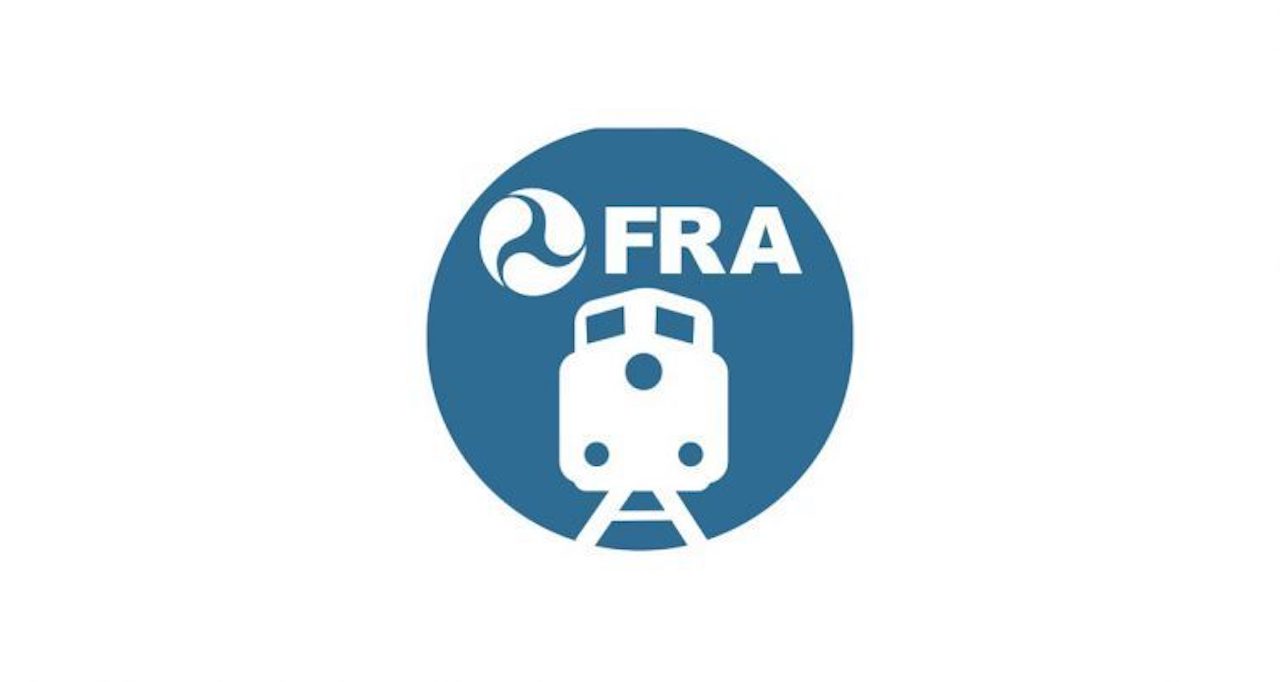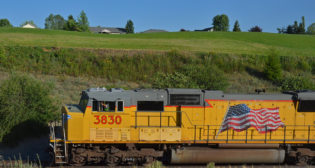
FRA Roundup: Crew Size Rule Compliance Guide; Tank Car Vent and Burn Process Technical Report; RCE Grant Program Sample Template
Written by Carolina Worrell, Senior Editor
(FRA image)
The Federal Railroad Administration (FRA) publishes a compliance guide to help organizations comply with its crew size rule. Also, the FRA publishes a two-part technical report describing researchers’ study of the tank car vent and burn process and publishes a sample template for its Railroad Crossing Elimination (RCE) Grant Program.
The FRA has published a compliance guide for its recently published train crew size final rule. Titled “Compliance Guide for Train Crew Size Safety Requirements 49 CFR part 218, subpart G,” the FRA notes it has published the guide to “assist organizations in complying with the rule, especially small businesses.”
The guide provides an overview of the rule requirements, answers questions about the rule and includes several attachments including:
- A Written Notice Work Sheet for Two Types of Excepted One-Person Train Crew Operations.
- A Written Notice Work Sheet for Special Approval to Continue an Established One-Person Train Crew Operation That Does Not Meet an Exception.
- A Special Approval Petition Work Sheet for Train Operations Staffed with a One-Person Train Crew.
- An Annual Report Work Sheet for a One-Person Train Crew Operation.
- An Appendix E To part 218—Recommended Procedures for Conducting Risk Assessments.
Separately, the FRA has published two technical reports describing phases one and two of a study into the tank car vent and burn process, which was meant to “examine venting and burning as a method of hazardous materials (hazmat) incident mitigation.”
Phase I of the study worked to “develop guidelines and tools to aid emergency response personnel in determining when to use the vent and burn method and to help guide them through the procedure.” To do this, researchers studied data from past hazmat incidents and analyzed them using mathematical models. Researchers also evaluated various tank car commodities and materials to determine the extent to which the vent and burn method was applicable.
The study, FRA says, resulted in a process map and checklist for responders to use, and concluded that vent and burn “is an effective method if carefully planned for and properly applied.” Researchers made recommendations for future testing, which was conducted in Phase II.
Phase II of the study expanded on Phase I recommendations, developing a more comprehensive set of hazmat response guidelines and creating an electronic database of important hazmat material information in a format that can be used on personal electronic devices. Also developed were a standardized comprehensive incident response form and reporting procedure and computer models of explosive charge parameters.
Additionally, the FRA has published a project planning statement of work (SOW) template sample for its RCE Grant Program. The template, FRA says, can help grant applicants and recipients understand what information should be included in their SOW and how the document should be formatted.
The SOW tells what work will be completed under the grant agreement, and the FRA expects grant applicants to submit a SOW with their grant application packet. The FRA further advises applicants to “maintain the format and structure of the SOW template to improve the quality of the grant application.”
If a project is named a grant recipient, the SOW is finalized and included in the grant agreement as the guide for project execution and grant management during project delivery. Completing the SOW is a critical part of the grant award process.
According to the FRA’s 2024 Discretionary Grant Calendar, the next notice of funding opportunity for RCE grants is expected in late May. Though updated resources are not yet available for interested applicants, the FRA still has RCE application resources on its webinar page. Find a recording of the FRA’s webinar discussing RCE SOW best practices here, or view that webinar’s presentation materials here.



